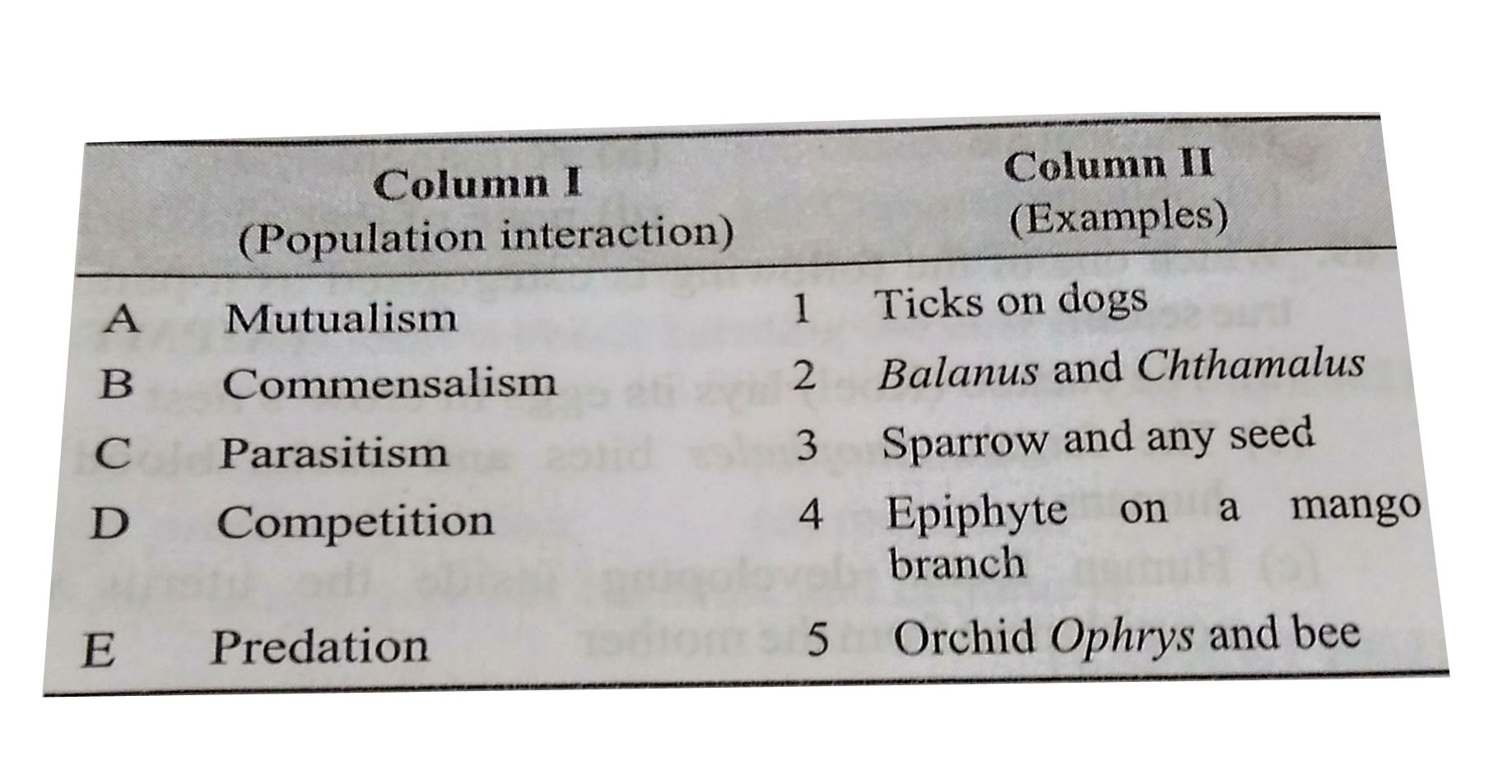Choose the intensive property from the options given below
volume
mass
refractive index
weight
The correct Answer is:C
To determine the intensive property from the options given, we first need to understand the definitions of intensive and extensive properties.
Step 1: Define Intensive and Extensive Properties
- Intensive Property: A property that does not change with the amount of substance present. Examples include temperature, pressure, density, color, and refractive index.
- Extensive Property: A property that changes with the amount of substance. Examples include mass, volume, and total energy.
Step 2: Analyze the Options
- Look at the options provided in the question (though not specified here, we will assume common properties).
- Identify which properties are intensive and which are extensive based on the definitions above.
Step 3: Identify the Correct Option
- If one of the options is the refractive index, resistivity, or any other property that does not change with the amount of substance, that would be the intensive property.
- For example, if the options include mass, volume, and refractive index, then refractive index would be the intensive property.
Step 4: Conclusion
- After analyzing the options, select the property that is classified as intensive.
Final Answer
- The intensive property from the options given is refractive index (assuming it was one of the options).
---
- Intensive Property: A property that does not change with the amount of substance present. Examples include temperature, pressure, density, color, and refractive index.
- Extensive Property: A property that changes with the amount of substance. Examples include mass, volume, and total energy.
- Look at the options provided in the question (though not specified here, we will assume common properties).
- Identify which properties are intensive and which are extensive based on the definitions above.
- If one of the options is the refractive index, resistivity, or any other property that does not change with the amount of substance, that would be the intensive property.
- For example, if the options include mass, volume, and refractive index, then refractive index would be the intensive property.
- After analyzing the options, select the property that is classified as intensive.
- The intensive property from the options given is refractive index (assuming it was one of the options).
Topper's Solved these Questions
Similar Questions
Knowledge Check
Choose the incorrect option from the options given below
AScalar quantities can be described by magnitude onlyBScalar quantities can be described by a single number, along with proper unitCTo describe scalar quantities magnitude as well as direction are neededDNone of the aboveChoose the masculine gender from the options given below:
ADrakeBPeahenCCountessDRoe
Choose the correct answer from the options given below :A(a)–(ii),(b)–(iii),(c)–(i),(d)–(iv)B(a)–(ii),(b)–(i),(c)–(iii),(d)–(iv)C(a)–(iii),(b)–(iv),(c)–(ii),(d)–(i)D(a)–(iii),(b)–(iv),(c)–(i),(d)–(ii)
Match the following and choose the correct combination from the options given below.

View SolutionChoose the correct options from the questions given below
He was asleep, _____ ?
View SolutionChoose the correct options from the questions given below
Do as I say, _____ ?
View SolutionMatch the following columns.

Choose the correct code from the options given below.
View SolutionMatch the following and choose the correct combination from the options given below

View Solution


